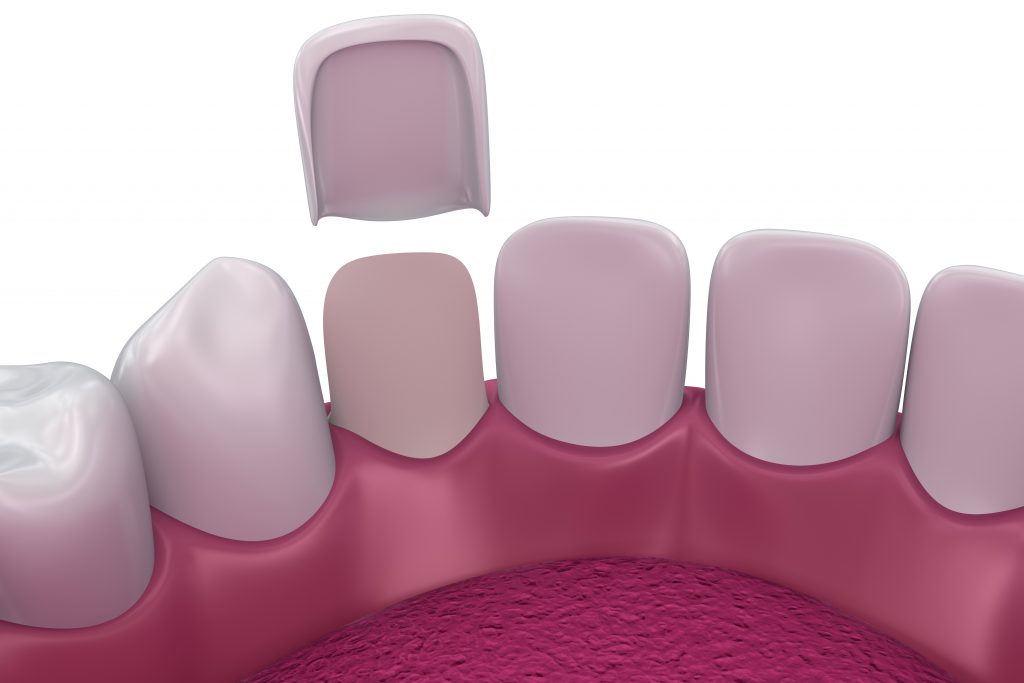Can You Straighten Teeth without Braces?
As the conventional method for straightening teeth with braces has always been the traditional way to fix crooked and uneven smiles, little is known of other, faster cosmetic procedures that have the exact same power.
Patients exhibiting bite issues, misaligned teeth, large gaps or overcrowded teeth in the past have had very little option other than fixed metal braces.
One of the advantages of fixed braces is the fact that the treatment is minimally invasive, which has made a long-standing popular choice for treating misaligned jaws.
This has meant that any new straightening methods have had to enhance the experience by making treatments faster, more comfortable and non-invasive. So, let’s take a look at the alternatives and see how they compare…
Cosmetic treatments that make teeth straightening without braces possible
Cosmetic dentistry has seen the rise in new and improved treatments that have the ability to fix a wide range of issues with a patient’s smile.
One of the added benefits of cosmetic dentistry is that it can often fix multiple issues at the same time, so patients experiencing uneven teeth and discolouration can have these problems often resolved within just one appointment.
Porcelain veneers
Porcelain veneers are sometimes referred to as instant orthodontics, this is because, in as little as three appointments, you can have a brand new smile.
Veneers fix:
- Large gaps between teeth
- Crooked teeth
- Overbites and underbites
A common misconception about porcelain veneers is that they damage the underlying tooth. But there are various brands of porcelain veneers, which aim to do exactly the opposite.
Thin veneers are the requirement, but the application process is also favoured by patients to not change the shape of the tooth.
Brands like Lumineers, Ultrathin and Durathin are all-porcelain systems that sit on the front surface of the tooth.
In order not to look bulky, the size of the veneer or tooth cover will often result in the amount of enamel being removed.
These ultra-thin systems are between 0.3mm and 0.5mm, which means the tiniest amount of enamel is removed to fix it to the tooth.
It is crowns, on the other hand, that require the alteration of the tooth.
Invisalign
Invisalign is incomparable to braces; the system uses clear aligners to transform smiles in 12 months or less.
Invisalign corrects:
- Crooked, uneven teeth
- Overbites, underbites, cross bites, open bites
- Class II malocclusions
- Gaps up to 6mm
Invisalign has straightened over 10 million smiles worldwide and is fastly becoming one of the most popular and most current solutions to straightening teeth.
Depending on your bite condition, Invisalign has the power to straighten smiles in as fast as 4 months with systems like Invisalign Go, which is offered here at The Perfect Smile.
Dental bonding
Designed for fast tooth tweaks and minor fixes, dental bonding can create the illusion of straight teeth.
Cosmetic bonding fixes:
- Small gaps
- Mild overcrowding
How does it work? A tooth coloured resin is applied and then hardened with a special light, which will bond the material to the tooth in order to restore it.
Our dentists will add the resin in strategic places, which will hide or mascarade the misaligned teeth. Please note that this procedure is not permanent and will not alter the underlying tooth in any way.
Composite veneers
A very affordable option, composite veneers often take one appointment to complete.
What do they fix?
- Mild overcrowding
- Small gaps
- Mild crookedness
Composite veneers work on the same principle as dental bonding, where resin is built upon the tooth to give it a new look.
Dental bonding, however, works to correct the minor issues, whilst composite veneers are used to mask the tooth.
Composite veneers are not permanent – they are applied to the tooth in thin layers to hide imperfections.
The typical durability of this treatment is 5 years, porcelain veneers, on the other hand, can last a lifetime.
A successful, but an expensive way
In some cases, an oral surgeon can perform a surgical procedure to alter the way your teeth align.
Patients experiencing difficulty with their bite problem day-to-day can often be referred by the dentist to undergo a more complex procedure called orthognathic surgery.
Recovery time for this can take 2-3 weeks with swelling persisting for longer. This type of surgery, however, does not come cheap, but it can be covered by insurance.
Procedures like this undertaken for aesthetic reasons, however, cannot be covered. As you will need to have a medical issue to qualify.


